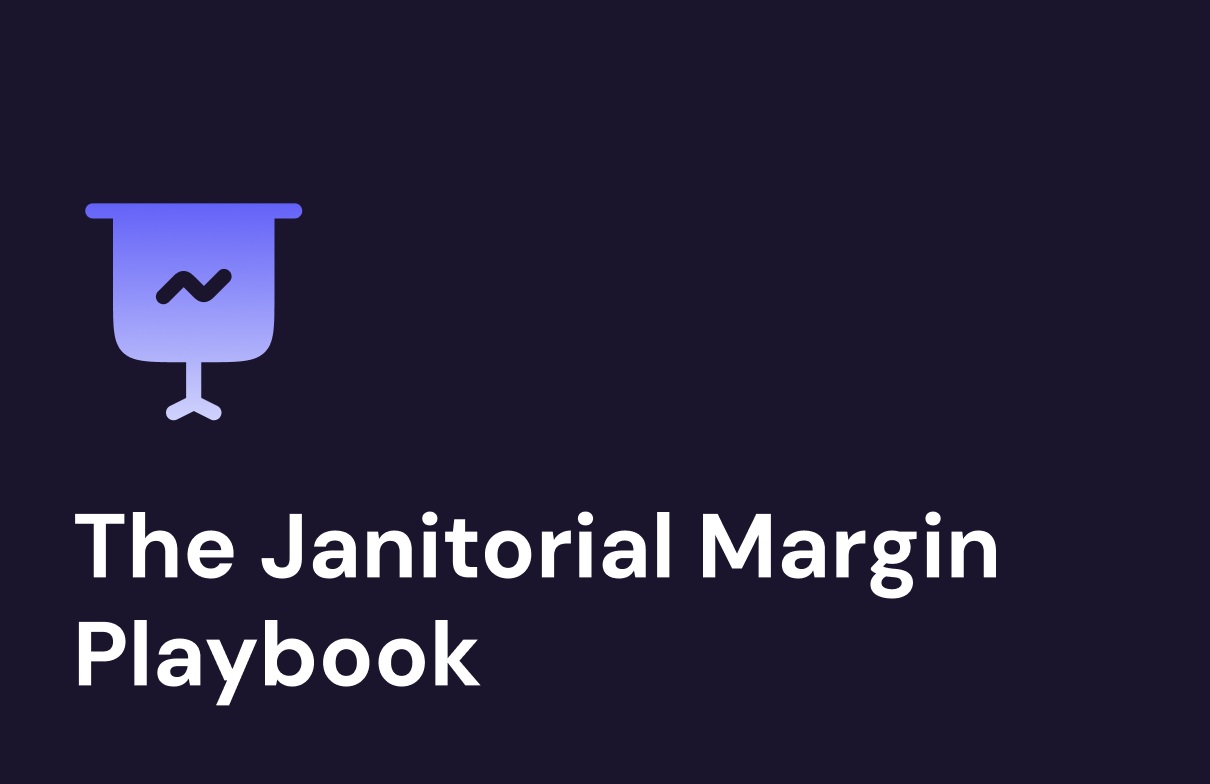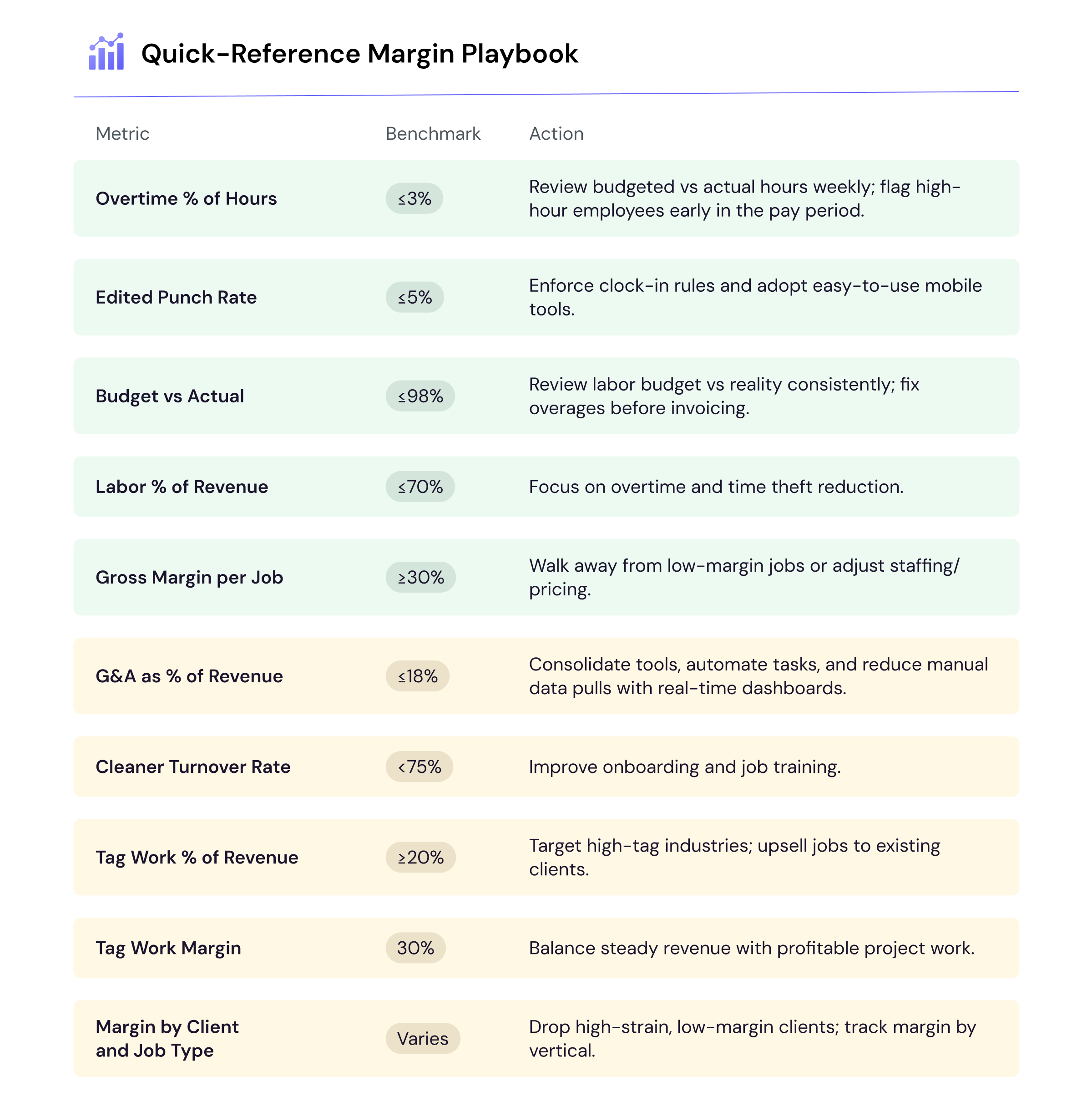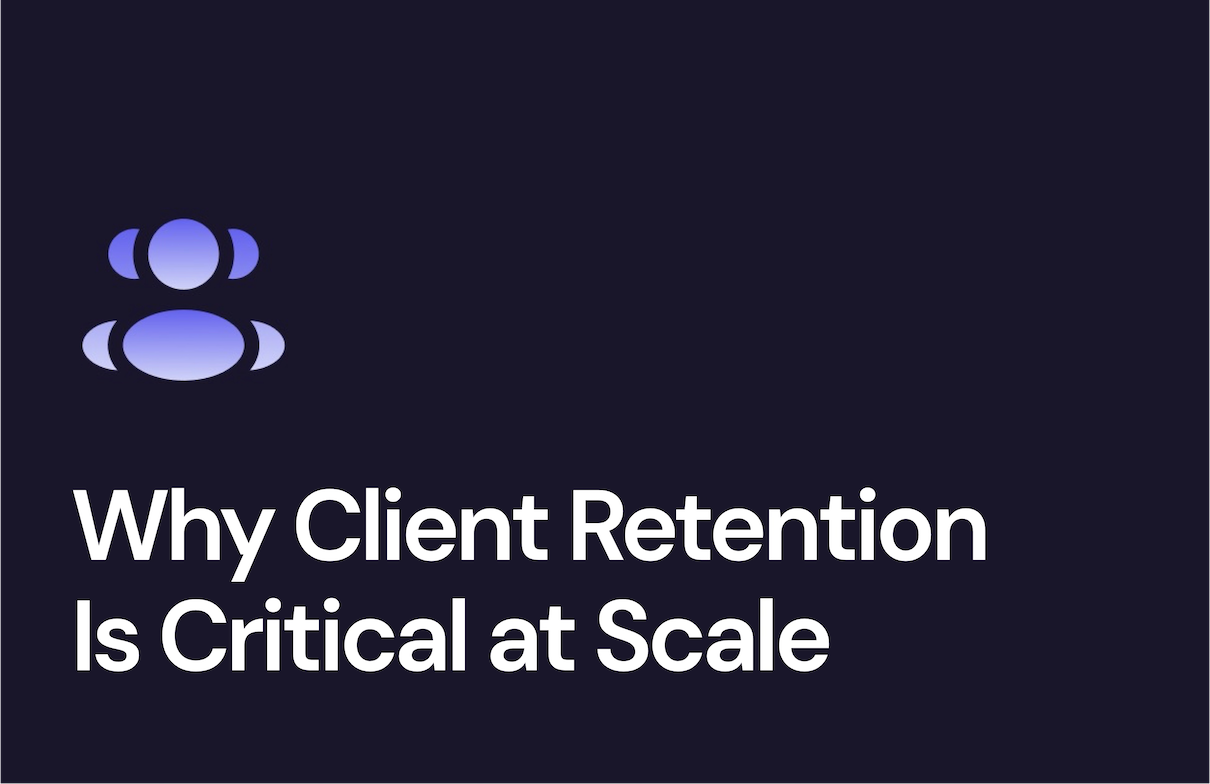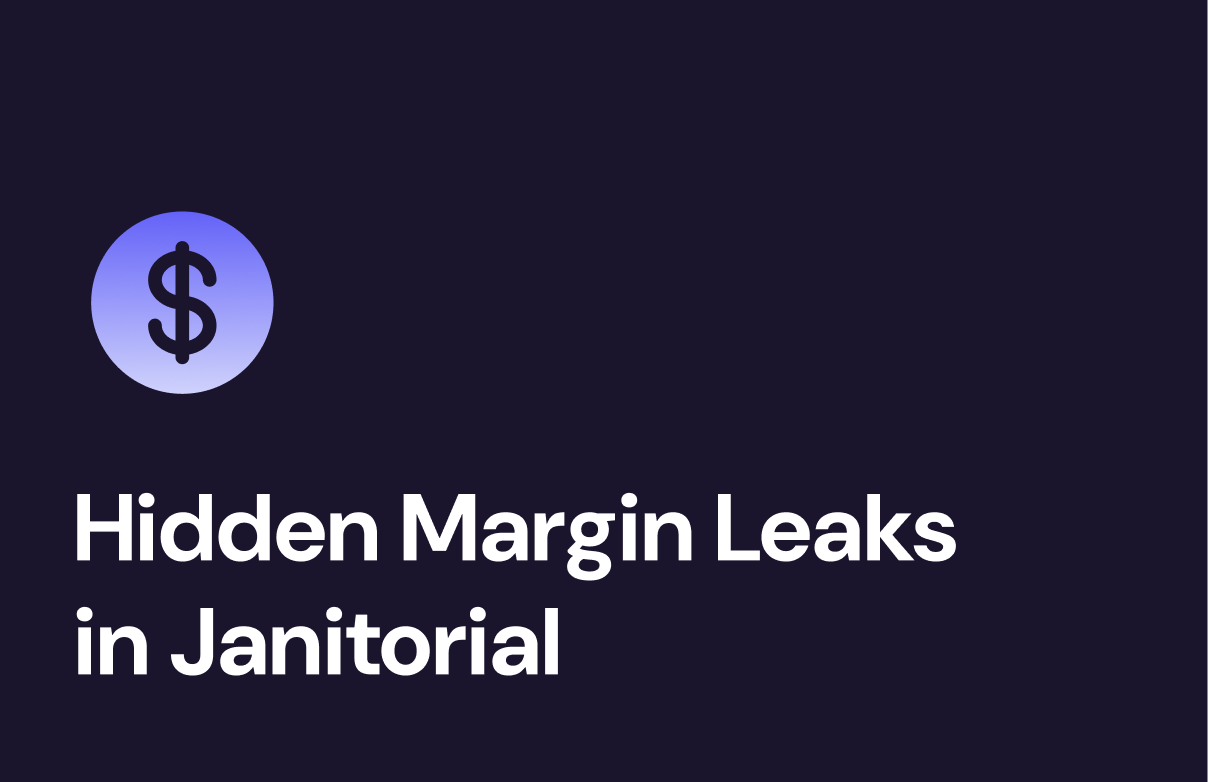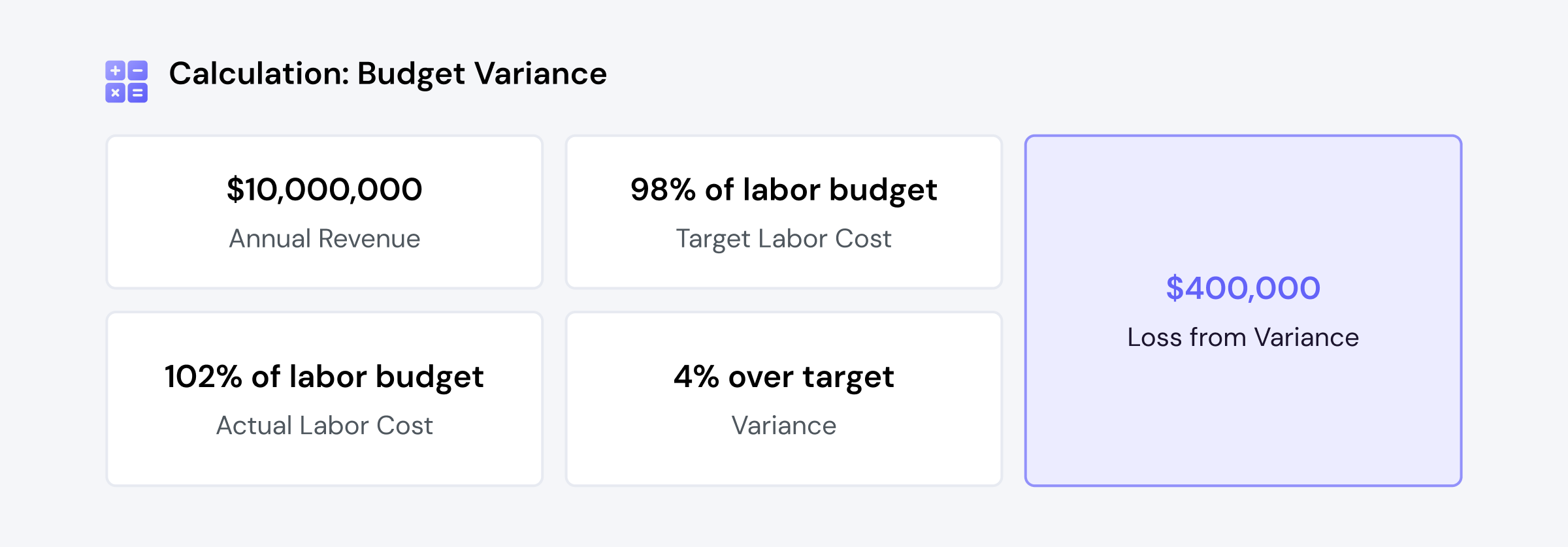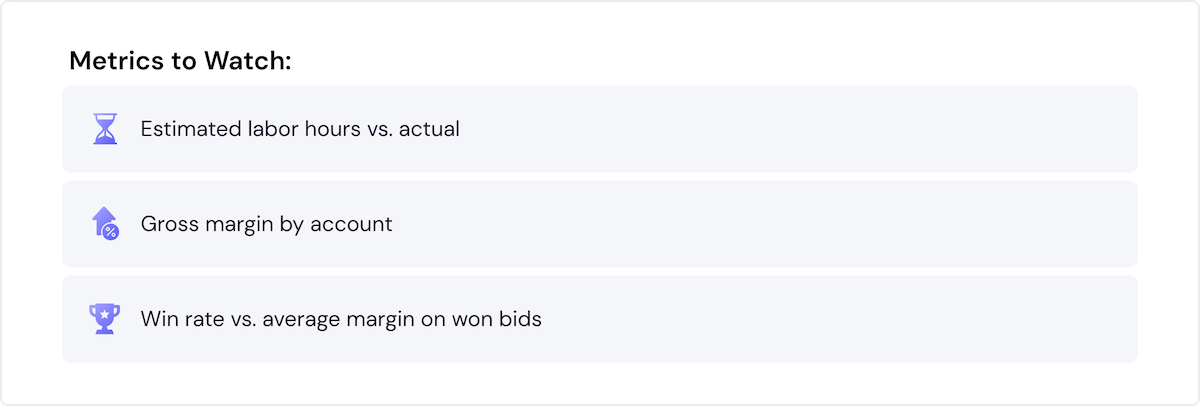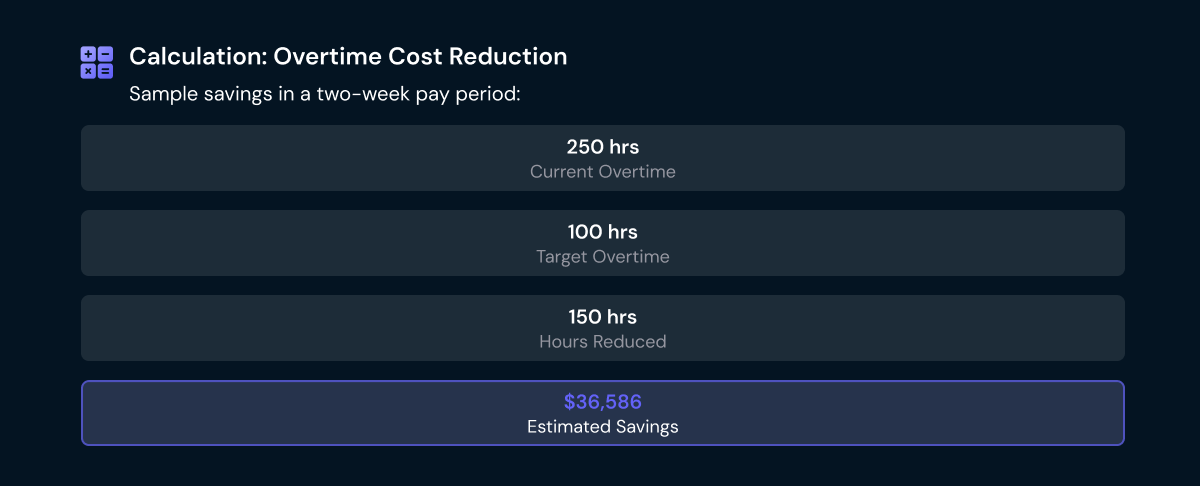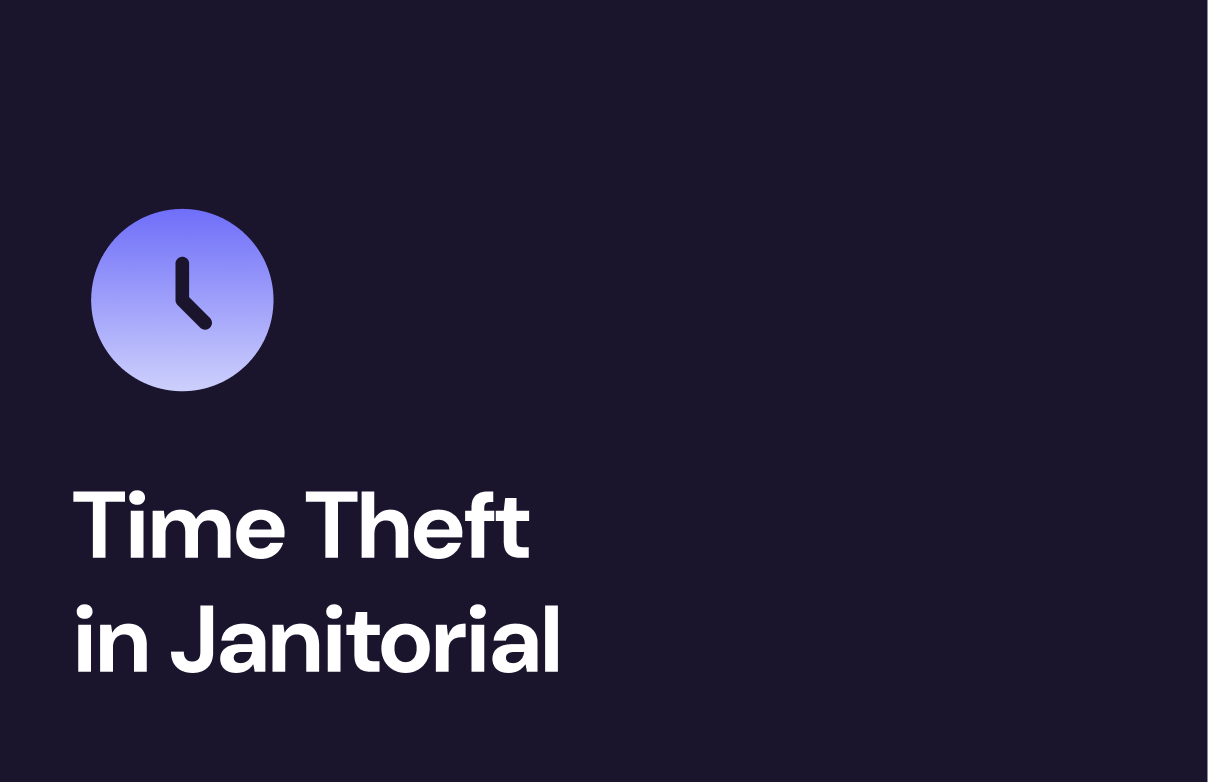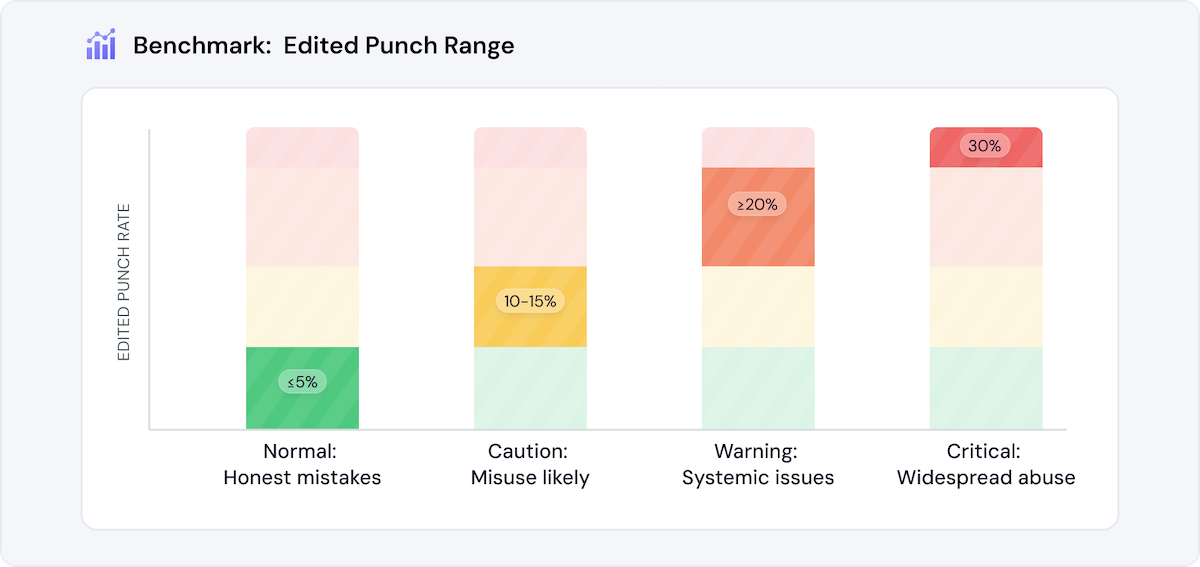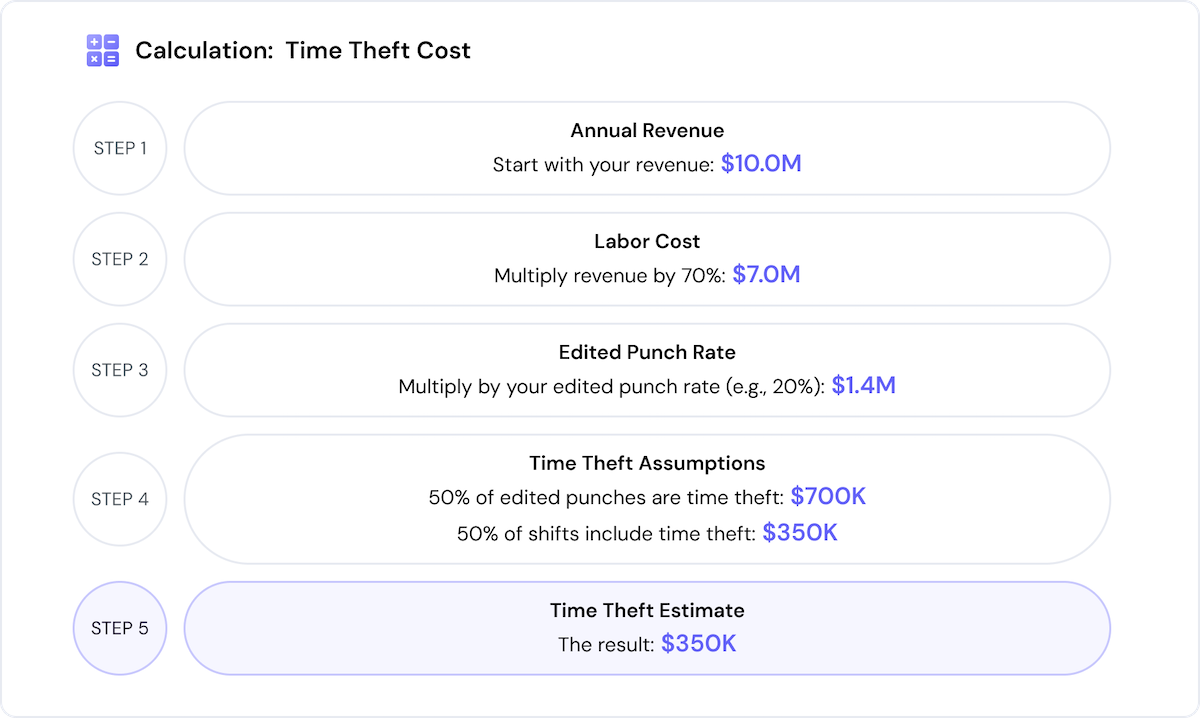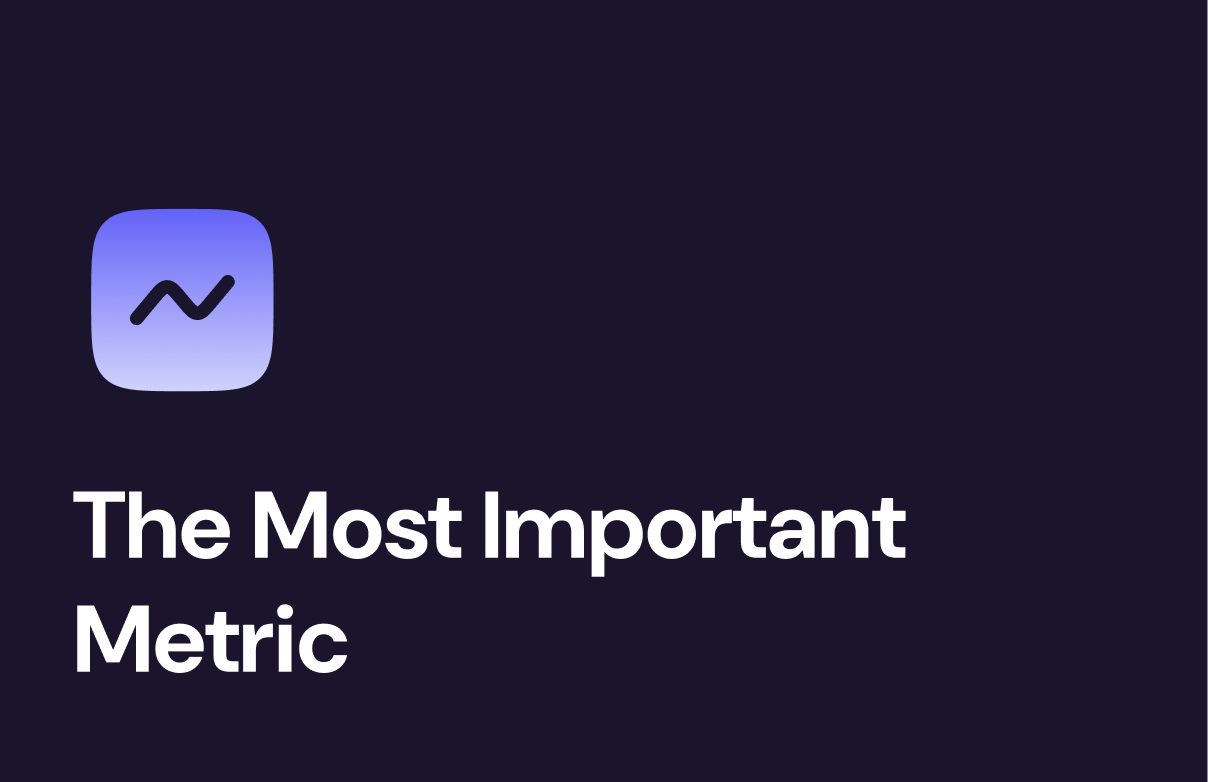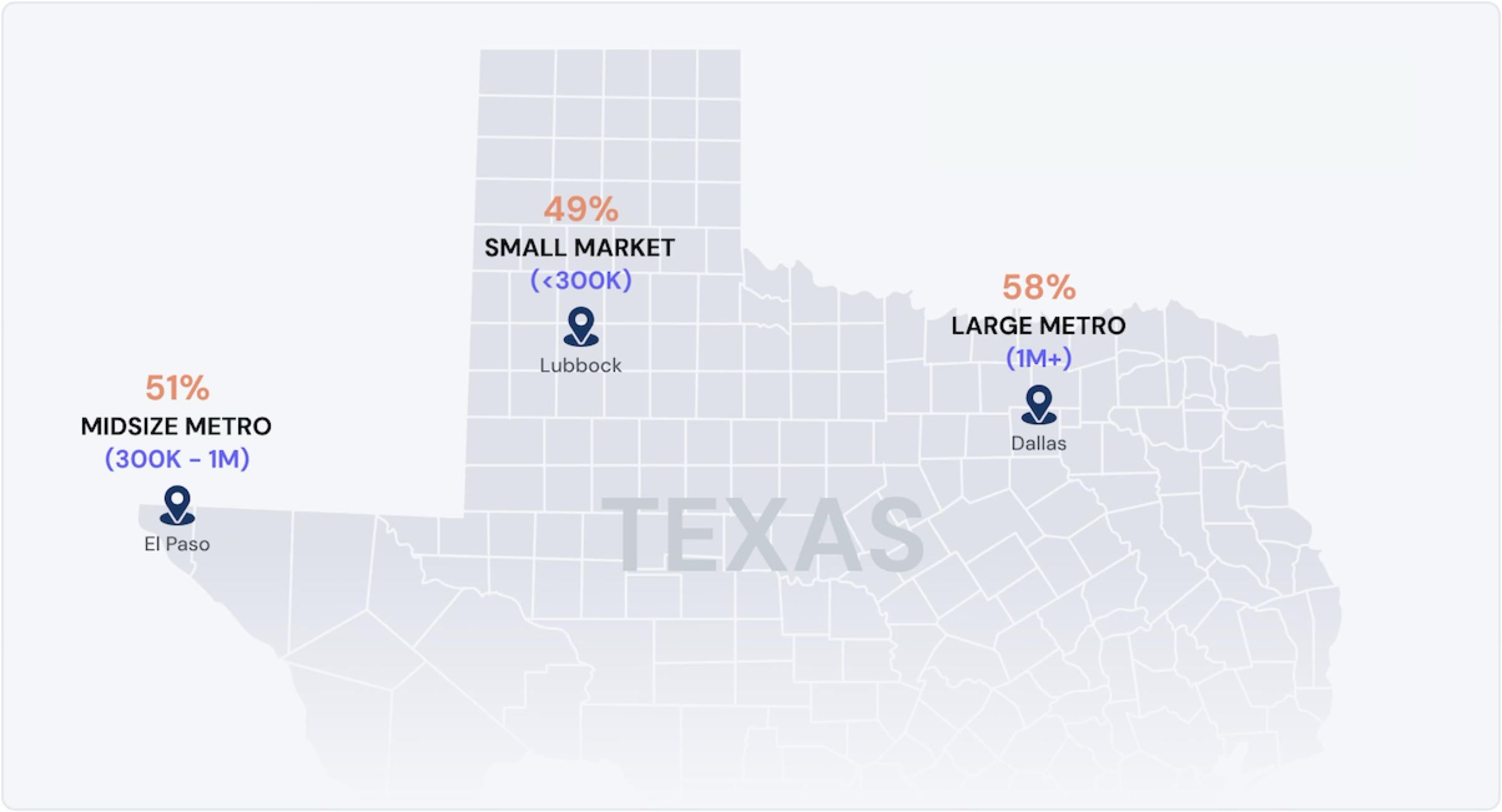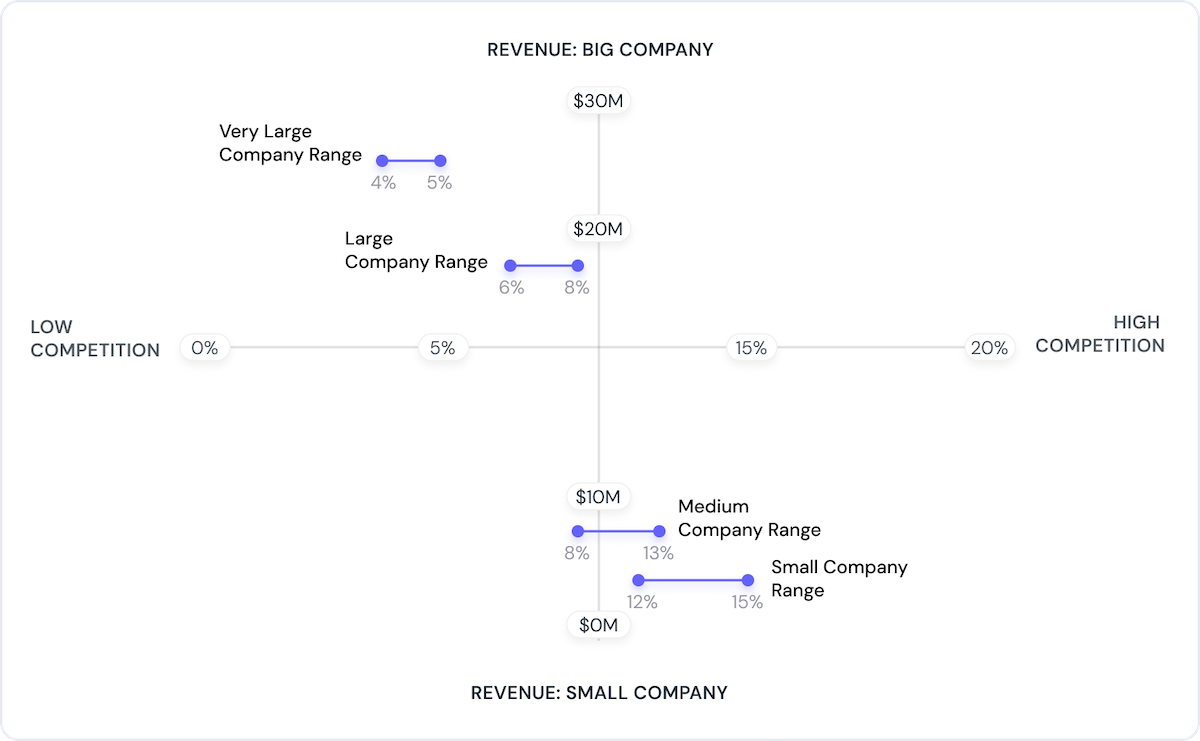When Growth Outpaces Your Janitorial Software: The CNS Story
The Entry-Level Software Trap: When Growing Janitorial Companies Hit the Ceiling
Most janitorial service providers start with the same playbook: land contracts, deliver quality, grow. When you're managing 20 or 30 sites, basic scheduling software gets the job done. You know your cleaners, your clients know you, and you're generally aware of problems before they escalate.
Then something changes. You hit 50 sites. Then 100. Then 200. The tools that worked when you were smaller start creating blind spots. Shifts get skipped without anyone noticing until the client calls. Quality control becomes inconsistent across regions. Your supervisors spend more time hunting down information than preventing problems.
This is the entry-level software trap, and it catches more growing operators than you'd think.
The warning signs are predictable: you're managing complexity with tools built for simplicity. Your team works around the software instead of through it. Clients start asking questions you can't answer quickly. And the growth you worked so hard to achieve now feels like it's straining against your operational infrastructure.
CNS, a national janitorial provider based in Bristol, PA, found themselves in exactly this position in 2024. With over 200 sites spanning offices, medical centers, banks, universities, and logistics hubs, they'd outgrown Swept, the entry-level platform that had served them well in their earlier days. The question wasn't whether to change, but when and to what.
Their shift to BrightGo's janitorial workforce management software resulted in 55% year-over-year revenue growth supported by scalable operations, improved client retention, and real-time visibility across their national footprint. But the bigger lesson is what they learned about scaling operations in a fragmented, accountability-driven industry.
The Invisible Ceiling: Why Basic Tools Break at Scale
Entry-level janitorial software isn't poorly designed. It's designed for a different stage of growth, optimized for the needs of smaller operations getting organized with basic scheduling, basic time tracking, and mobile access for cleaners.
But as companies scale beyond 100 sites, common patterns emerge that create operational friction:
Accountability gaps: Without robust verification systems, proving that coverage happened as promised becomes difficult. When disputes arise about shift completion, the documentation often isn't sufficient to resolve them quickly. Companies find themselves trusting that work was done without reliable ways to verify it.
Inconsistent quality processes: When inspection capabilities are limited, quality control becomes dependent on individual supervisor habits rather than systematic processes. Documentation gets scattered across text chains and photos buried in phones, with no reliable record beyond what people remember.
Reactive management: Problems surface after they've already impacted clients. There's no early warning system, no centralized view of what's working and what's not. Leadership spends time firefighting instead of preventing fires.
Limited partnership: As needs evolve and operations grow more complex, the ability to customize features or get strategic guidance becomes critical. When platforms can't adapt to specific requirements, operators are left figuring out workarounds on their own.
For CNS, these limitations weren't theoretical. They were daily friction points that threatened relationships with national clients who expected enterprise-level accountability.
"Swept got us started, but we needed something built for where we're going. BrightGo doesn't just help us run better, it helps us scale."
--- Jeff Upmalis, Vice President
Breaking Points: When CNS Knew Change Was Necessary
The decision to switch platforms wasn't made lightly. CNS had built their operation around their existing system, and any migration would require effort. But four core issues made it clear that staying put was riskier than switching:
Coverage gaps creating client exposure: Shifts were being reduced or skipped without real-time visibility. By the time CNS leadership learned about it, the damage was already done. In an industry where one missed shift can cost a contract, this wasn't sustainable.
Quality control running on individual initiative: Some supervisors conducted thorough inspections with detailed records. Others didn't. The inconsistency created risk in both service delivery and in CNS's ability to prove performance when questions arose.
Documentation scattered and unreliable: When clients asked for proof of service, CNS had to hunt through text messages and photos, relying on memory to fill in the gaps. There was no centralized system showing exactly what happened, when it happened, and who was responsible.
Growth straining infrastructure: CNS was winning larger contracts and expanding into new markets. But their operational systems couldn't keep pace with the complexity. What worked at 50 sites was breaking at 200.
"We've seen a wide range of platforms, including the ones used by some of the biggest companies in the industry, and none measure up to BrightGo. It's easy to use and gives us the clarity we need to keep clients happy."
--- Bill Dunn, President & Co-Owner
The Shift: From Basic Tools to Enterprise Operations
CNS's migration to BrightGo wasn't just a software switch. It was an operational philosophy shift. Instead of working around their tools, they built their operations through them.
GPS-verified time tracking eliminates ambiguity about shift coverage. Every clock-in is location-verified, creating reliable documentation that protects both CNS and their clients. Missed shifts trigger automatic alerts, allowing supervisors to intervene before clients notice. (Learn more about preventing time theft in janitorial operations.)
Structured inspection software standardizes quality control across all sites. Inspections become detailed, time-stamped, photo-documented records that can be shared with clients. Follow-up tasks get assigned and tracked within the platform, closing the loop on accountability.
Centralized issue tracking gives leadership real-time visibility into what's happening across their entire portfolio. Instead of reacting to problems after they escalate, CNS can identify trends, address weak spots, and prevent issues before they impact clients.
A development partner, not just a vendor: BrightGo's team works with CNS to customize features, prioritize their needs, and act as a strategic partner in their growth. When CNS has feedback or suggestions, they directly influence the product roadmap. Not generic support tickets, but real collaboration.
The results: 200+ sites managed with confidence, scalable operational infrastructure, and improved client retention through proactive quality management. (See how Cleantech achieved similar results with structured field operations.)
Lessons from CNS: What Multi-Site Operators Should Know
CNS's experience offers transferable insights for any janitorial company managing complexity at scale:
1. Visibility Compounds as You Scale
At 20 sites, you can manage through personal relationships and instinct. At 200, you need systems that surface the right information at the right time. If you're finding out about problems after your clients do, your visibility infrastructure isn't keeping pace with your growth.
2. Documentation Isn't Bureaucracy. It's Protection.
In an industry built on trust but verified through proof, reliable documentation is your competitive advantage. GPS-verified shift records, time-stamped inspections, and centralized issue tracking aren't administrative overhead. They allow you to keep clients when questions arise.
3. Quality Can't Scale on Individual Initiative Alone
Great supervisors will always go the extra mile. But if your quality control depends entirely on individual habits, you're building operational risk into your growth. Structured systems ensure consistency regardless of who's managing the site.
4. Your Software Partner Matters as Much as Your Software
Entry-level platforms are often transactional: you pay, they provide access, support is reactive. Enterprise platforms should be partnerships: they understand your business, adapt to your needs, and invest in your success. When you're growing fast, that difference matters.
"As we grew, we needed more structure, visibility, and support. With BrightGo, I have a team I can talk to. If I need something adjusted, they work with us to figure it out. That makes a huge difference when you're growing this fast."
--- Jeff Upmalis, Vice President
5. The Switching Cost Is Lower Than the Staying Cost
Every operator weighs the disruption of changing platforms against the pain of staying put. But here's what CNS learned: the cost of operating with inadequate tools (missed issues, client friction, operational inefficiency) compounds daily. The migration pain is temporary. The operational drag is permanent.
Building for Scale, Not Just Growth
The janitorial industry rewards operators who can deliver consistent quality at scale. The companies that thrive aren't necessarily the ones that grow fastest. They're the ones that build operational systems capable of sustaining that growth.
Entry-level software serves an important purpose. It helps companies get organized, establish basic processes, and prove out their model. But there comes a point where those tools become limitations rather than enablers.
CNS recognized that moment and acted on it. The result wasn't just better software. It was a fundamental improvement in how they operate, compete, and grow around your tools instead of through them, it might be time to ask whether your infrastructure is ready for where you're going.
Read the full CNS case study →
Built for Companies Ready to Scale Beyond Basic Tools
BrightGo is janitorial software designed for cleaning companies that have outgrown entry-level platforms. The platform delivers GPS-verified time tracking, structured inspections, and real-time visibility across multi-site operations. All backed by a customer success team that acts as a strategic partner in your growth.
If you're managing complexity with tools built for simplicity, let's talk.
Get a demo or email us at hello@brightgo.com.

_1_11zon.webp)


